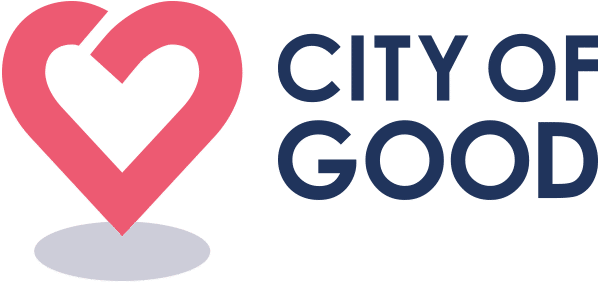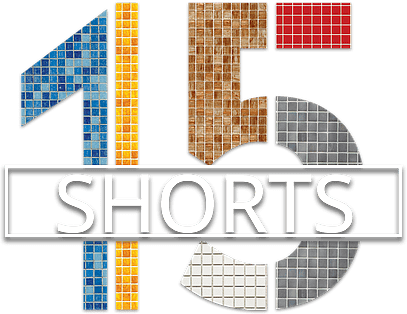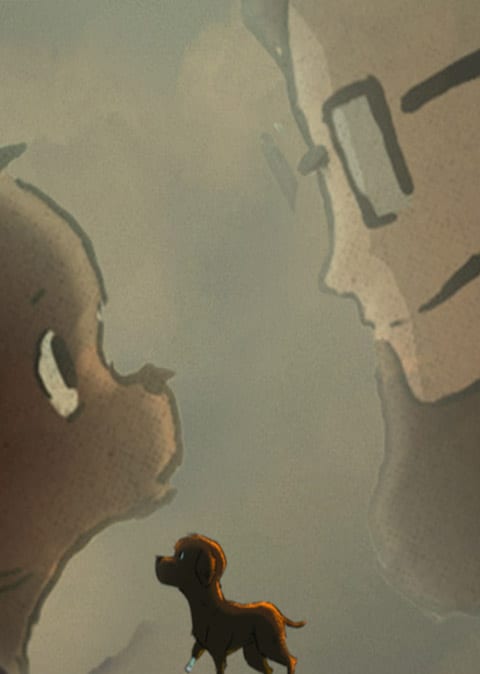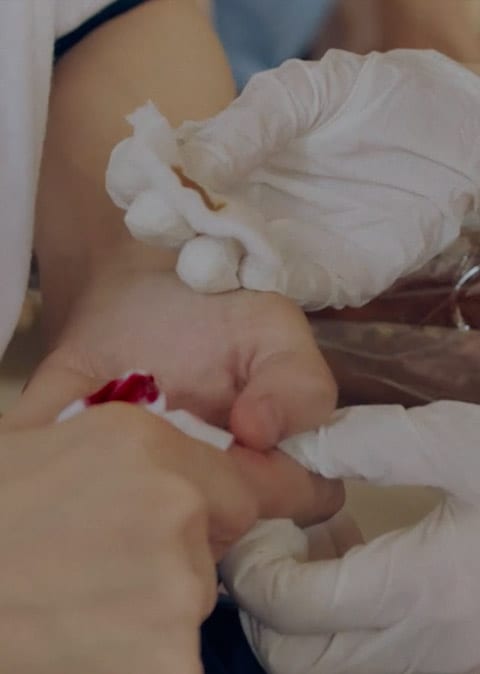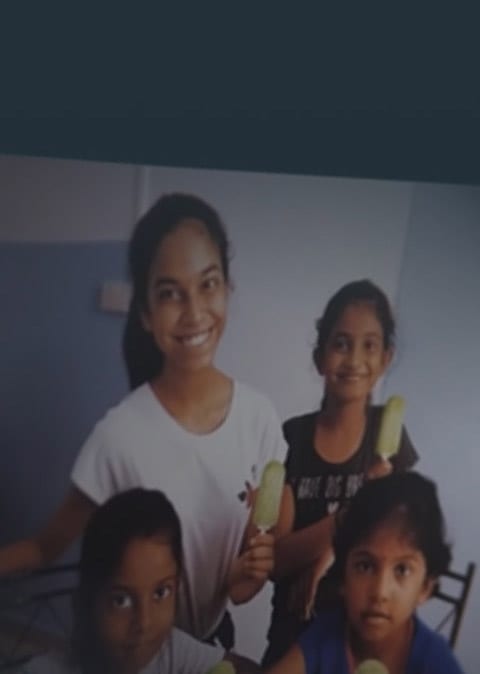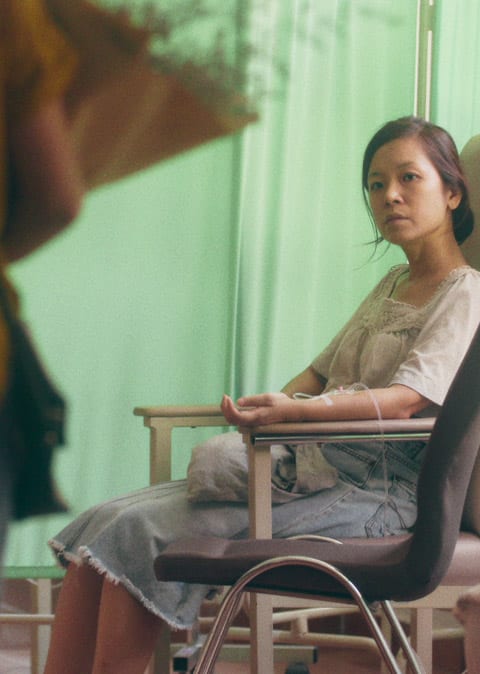When faced with a problem, it can be easy to adopt a “glass half-empty” mindset by focusing on problems and deficiencies. After all, it makes sense to identify areas for improvement in order to solve a problem. But such a mindset tends to result in feeling frustrated or overwhelmed by the problem before us, making it difficult to focus on solutions.
Communities around us can face the same issue, too. The good news is there’s an alternative method—Asset-Based Community Development (ABCD), a constructive approach that focuses on the strengths and existing assets in the community to solve the problem.
On 24 October 2020, NVPC and OpenJio co-hosted a webinar, “Beyond the Buzzword: What Is Community?”, which unpacked the concept of community and ABCD as an approach to community-building.
What is Asset-Based Community Development?
Asset-Based Community Development is a term coined by researchers Jody Kretzmann and John L. McKnight in 1996. It is both a strategy and a mindset within the community context that calls for the “identifying and mobilising existing, but often unrecognised assets” for sustainable community development. It is lauded as a relationship-driven, capacity-focused, “glass half-full” approach.
Identifying Assets Within A Community
Assets can vary, depending on what constitutes a community. Whether it’s something tangible like warehouse space or simply knowing a member with a particular skill set, identifying these assets within a community can come in handy.
Assets can be grouped into five broad categories.
Gifts
Gifts can refer to talents, skills or capacities belonging to members within a community. By focusing on gifts, ABCD practitioners highlight that members are not passive consumers or recipients of services. Everyone within a community has something to offer, regardless of who they are and how aware they are of this fact. These assets can be mobilised once they are identified, helping to propel the community towards sustainable development.
For instance, in 2018, members within the Yishun South neighbourhood community set up two refrigerators, one labelled halal and the other labelled non-halal, containing produce harvested from nearby community gardens and food donated by residents. These supplies were made available for free to those who needed them. The setting up of these refrigerators allowed members to care for the vulnerable members of the community while providing a space to forge meaningful relationships.
Associations
Associations refer to small, informal groups of people within the community working with a common interest and on their own accord. These groups are important to community development because they have the potential to become driving forces or influential players once mobilised. Food rescue groups such as SG Food Rescue help bring attention to food waste in Singapore, fuelling community movement towards zero-waste food consumption by organising re-distribution.
Institutions
Institutions refer to paid groups of professional people in structured contexts. Examples include government agencies, private businesses and schools. They can be instrumental in supporting a particular community with important resources, bridging community members and establishing a sense of civic responsibility.
Place-based assets
Place-based assets refer to spaces that can be used for the benefit of a community. These assets are important because they are spaces in which interactions, connections and the sharing of ideas amongst members occur.
One example is the Housing Development Board (HDB) void decks where senior citizens residing in the area gather to chat and mingle.
However, these physical spaces may not always remain accessible. COVID-19 safe-distancing measures served as a wake-up call for many who took communal spaces for granted. “The most pitiful thing about [the pandemic] and community is the reduction in [the] number of bonding spaces”, says Yu Xin, a participant who attended the BTB webinar.
Communities that relied heavily on physical spaces were faced with the need to create virtual platforms – a new place-based asset – for their members instead.
Connections
Connections refer to the exchanges between people that facilitate the sharing of assets. The people who create these connections are called “connectors”. Connectors help establish social relationships, networks and trust, all of which form the social capital of a community.
“Connectors also bring assets together to solve an issue,” says Alyssa, another BTB participant, attesting to how both connectors and the connections they facilitate help create a self-sustaining community.
Local community-building organisation Friendzone aims to encourage such connections. By making use of shared neighbourhood spaces and virtual platforms in the time of COVID-19, it creates platforms that allow for meaningful interactions and connections amongst young adults living within the area, thereby strengthening the community.
“People connect first over similarities,” shares Friendzone co-founder Grace. “[B]ut we also benefit each other through our differences.”
“Often, we undermine the intricate social network we have [with] one another,” adds Josh, another BTB participant. “By understanding how to connect with one another on a deeper level [and] understanding what each [person] can bring to the table, we can establish more resilient communities.”
Examples of Asset-Based Community Development
Now that we have an idea of what assets can exist within a community, let’s take a look at ABCD in action around us as a localised methodology of community-building in Singapore.
Asset-mapping
Asset-mapping refers to the process of identifying and taking stock of existing assets within a community and subsequently including them in the community development process. One organisation that does this is the South Central Community Family Service Centre (SCCFSC), which links residents who have resources and are willing to contribute them with residents who need help.
Appreciative inquiry
Appreciative inquiry can be understood as highlighting peak experiences and successes in a community’s past and then analysing the elements of success to learn from them. The Between Two Homes project by Dakota Adventures and Run & Gun Media is one example of this in action. It charts Dakota Crescent residents’ relocation process and finds ways for the community to unite. By doing so, the project helps preserve the memories attached to the place and aids members within the community who are affected by relocation.
Community conversations
Community conversations refer to having opportunities for dialogues about topics within a community. These conversations facilitate the building of connections amongst members within a community and, in turn, help strengthen it.
For instance, Both Sides Now (BSN) is a multi-disciplinary immersive arts experience that focuses on end-of-life issues. It designs activities to help people think about and discuss the topic. The third iteration zoomed in on the Telok Blangah and Chong Pang neighbourhood communities, which have higher percentages of senior citizens.
Participatory appraisal
A participatory appraisal is the engagement of people within the community as co-researchers in the research process. For instance, a research project on food insecurity in Singapore by Mohan J. Dutta, Satveer Kaur-Gill, Naomi Tan and Nina Venkataraman formed steering groups of 10 to 15 residents in each of the communities studied. The involvement of these residents within the communities ensured power-sharing, as well as the democratisation of the research process.
Why Asset-Based Community Development?
We can observe that ABCD allows for a more optimistic approach by focusing on community assets and strengths rather than problems and needs. Often, the value of assets that are overlooked or underdeveloped is waiting to be recognised and appreciated. And when these assets are fully mobilised, external resources can be better allocated towards solving problems that the community is unable to tackle on its own. Taking an ABCD approach also drives home a sense of ownership and empowerment within the community since the community is internally driven.
Even more pertinent to us is how ABCD builds relationships between members within the community. Relationships are assets in and of themselves because strong bonds make for a strong community. By using an ABCD framework, there comes a greater understanding of the community’s members and the assets they bring along with them. The emphasis on what members are passionate about or good at allows them to express themselves fully on their own accord, as opposed to them being defined by others.
“I think most of the time we don’t celebrate enough because it doesn’t ‘get things done,’” says Amelia from OpenJio. “[B]ut it is important to affirm and show our appreciation [for] those we care [about] and work with the most!”
“[Sharing of stories] could be a good way to grow a community,” adds Denise, a BTB participant. “The importance of celebrating with others could be useful for sustaining a community where people feel valued.”
The familiar sense of local camaraderie known as the kampung spirit is a good example of this. By sharing resources, looking out for one another, celebrating as a community and bearing each other’s burdens, the community flourishes not only as a whole, but down to the level of the individual as well since a sense of belonging is established.
Perhaps by adopting an ABCD approach in community development, we can reignite the kampung spirit and build strong, sustainable and caring local communities.
Reflection questions:
- What do you value most about your community?
- What are the strengths and assets of your community?
- What are your strengths and assets?
- How can you identify and mobilise these strengths and assets within your community?



